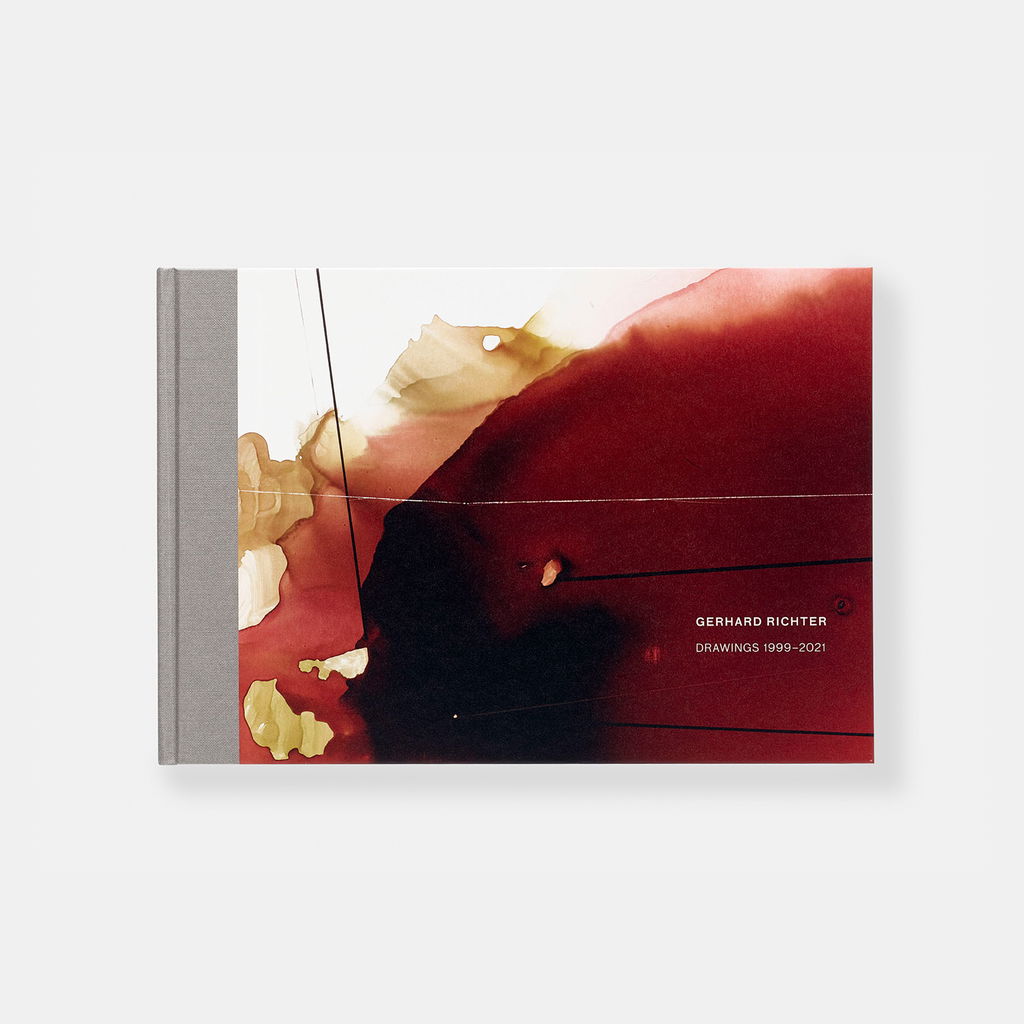Home
Shop
Books
Cage
Cage
Robert Storr
£25.00
A series of detailed photographs documenting the development of Gerhard Richter’s Cage paintings.
The Cage paintings were conceived as a single coherent group and displayed for the first time at the Venice Biennale in 2007. Their titles, Cage (1–6), pay homage to the American avant-garde composer John Cage (1912–92). In his ‘Lecture on Nothing’, Cage famously declared 'I have nothing to say and I’m saying it'. Richter is equally suspicious of ideologies and any claim to absolute truth. He shies away from giving psychological interpretations to his paintings, preferring to allow viewers and critics to make up their own minds.
In this book (published in French), leading critic Robert Storr considers the importance of the Cage paintings within Richter’s practice and within the wider context of abstract art. A series of extraordinary, detailed photographs record the development of each painting, day by day, and show the artist at work on these monumental canvases, giving unique insight into his working methods.
Publication:
October 2011
Illustrations:
177
Dimensions:
248 x 248 mm
Format:
Hardback
ISBN:
(FR) 978-0-956404-17-6
No. of pages:
200
Robert Storr is an art critic, curator and painter. He has written widely on art and has interviewed some of the world’s leading artists. Storr’s writing has appeared in countless books and exhibition catalogues as well as in Art in America, Artforum, Parkett and ARTnews. He has curated exhibitions internationally and was the first North American curator of the Venice Biennale in 2007. His bestselling Interviews on Art (2017), Writings on Art 1980–2005 (2020) and Writings on Art 2006–2021 (2021) were published by HENI.
Gerhard Richter was born in 1932 in Dresden, Germany. He studied at the Dresden Academy of Fine Arts and then the Düsseldorf Art Academy. His work has been the subject of exhibitions internationally, including touring retrospectives at the Kunsthalle Düsseldorf; Tate, London; the Museum of Contemporary Art, Chicago; and the Museum of Modern Art, New York, among many others. Richter has experimented with sculpture, photography, drawing, printing and, notably, painting. Aided by the diversity of his media, the artist has continuously examined the nature of imagery, highlighting in particular the contingency of representation.





